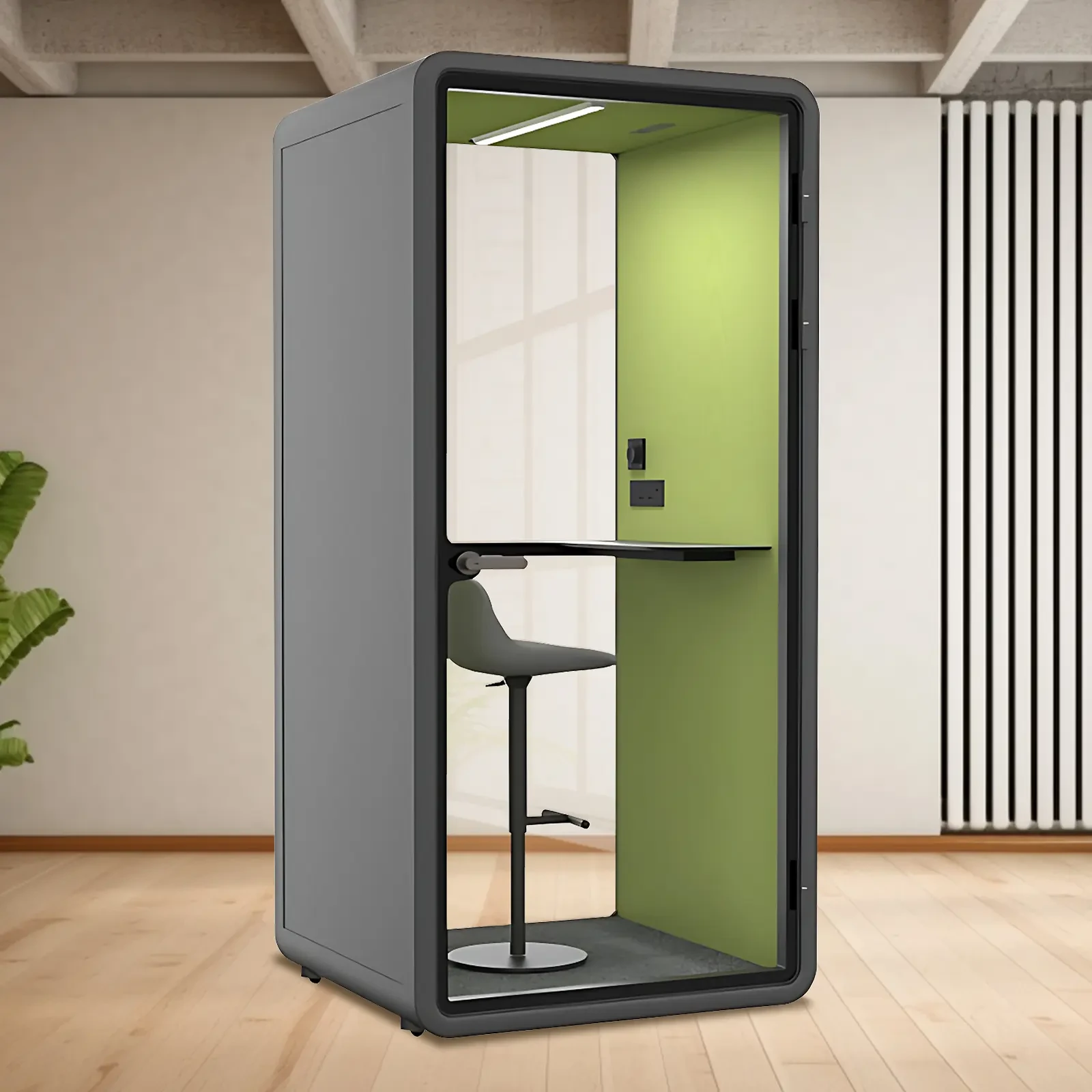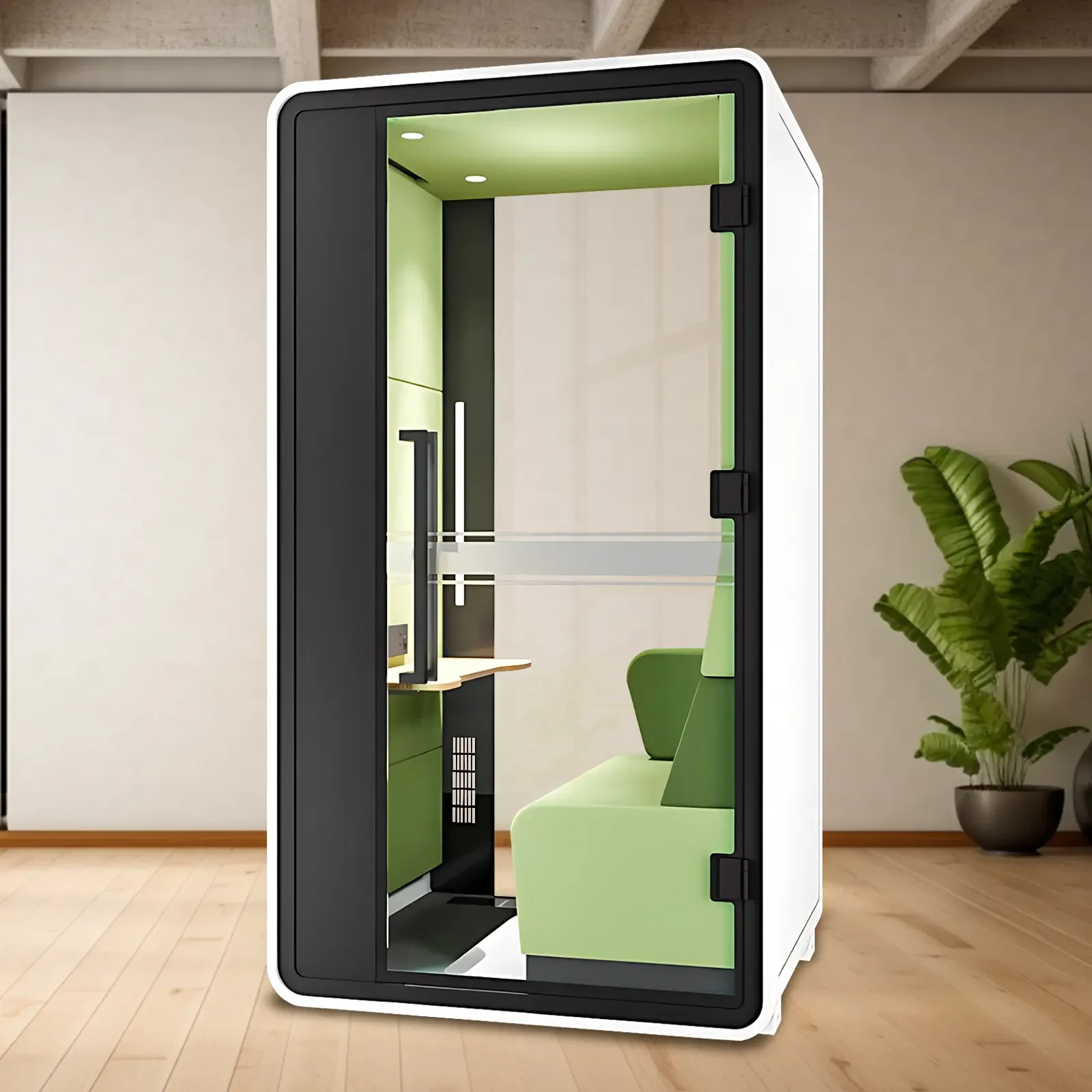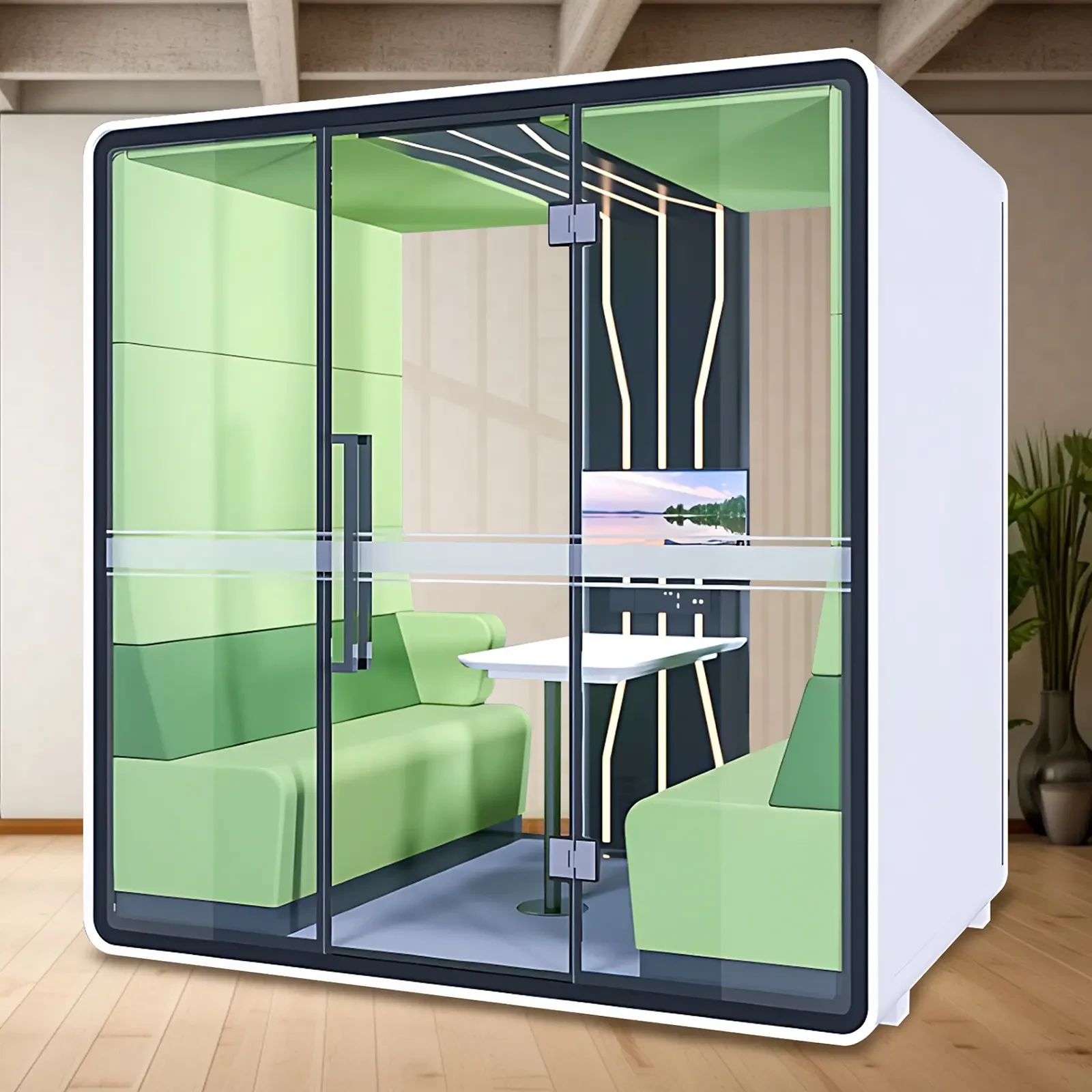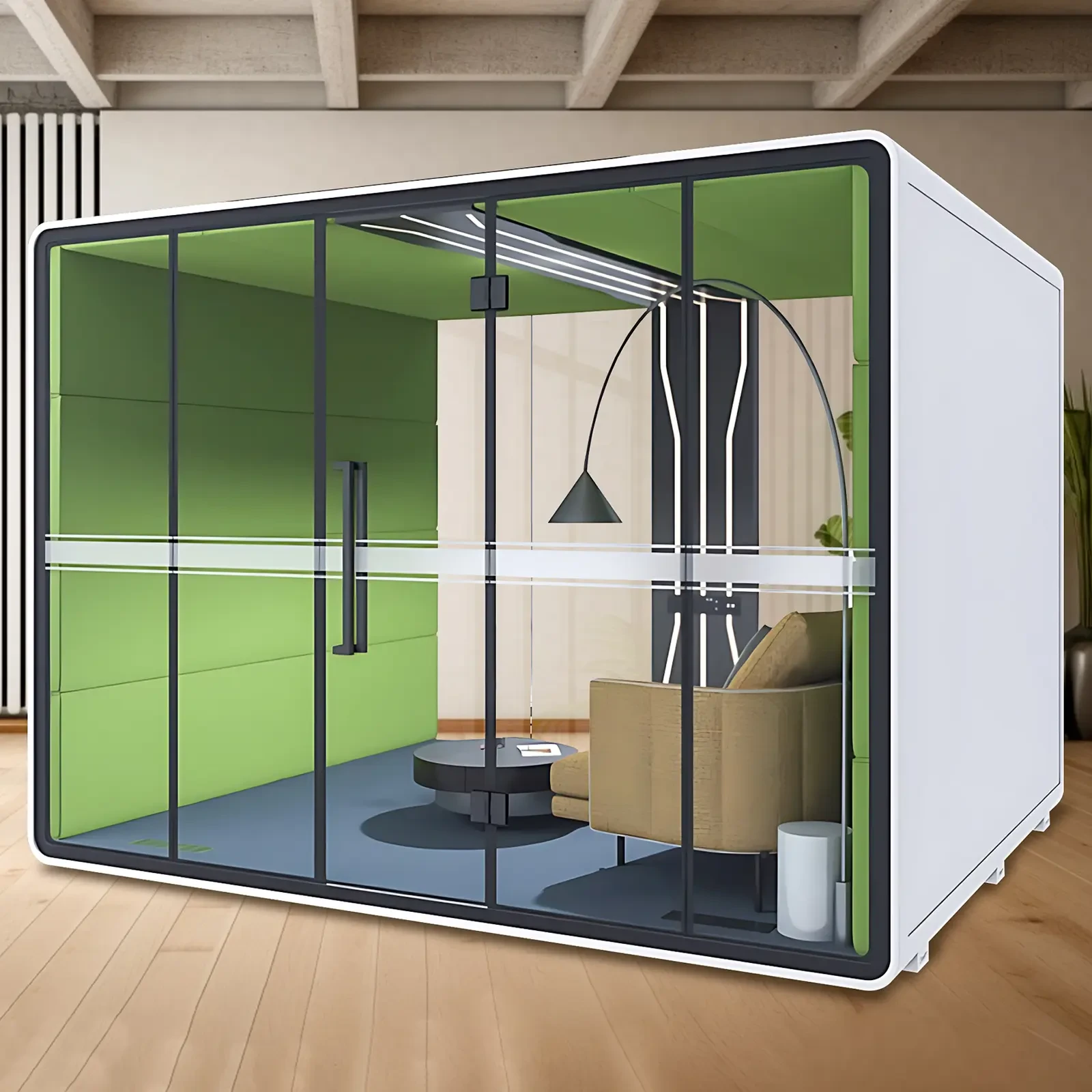Looking to eliminate noise disturbances and improve sleep quality? "Soundproof sleeping pods" are becoming a new favorite for small families! Not only are they perfect for late-night insomnia, crying babies, and snoring neighbors, but they can also be transformed into piano rooms, livestreaming studios, or mini drum practice rooms. This article explains everything from the basics to purchasing options, explaining their reliability, value, and how to choose the right "private silent cabin" for you.
What is a soundproof sleeping pod? More than just a "cabin"
Don't be misled by the name—a "soundproof sleeping pod" is no ordinary storage locker or playhouse. It's a new type of home appliance that combines acoustic noise reduction, spatial isolation, and multifunctionality. Simply put, it's a small, enclosed space built with specialized soundproofing materials. It can be used for sleeping, storing musical instruments, and even livestreaming and recording.
Its core function is to block out external noise. It's commonly found in urban apartments, older residential complexes, and even student dormitories. For example, if your downstairs neighbor is square dancing late at night, your upstairs kid is kicking the covers and keeping you awake, or you're trying to record a vlog but are constantly disturbed by footsteps in the hallway...a soundproof cabin is like building a "soundproof fortress" for you 🛡️.
How do you achieve "absolute silence"? Uncovering the three soundproofing technologies behind it.
Don't assume that simply stuffing some foam in your sleeping cabin will block out sound. A truly soundproof sleeping cabin relies on a scientific, multi-layer composite structure. Let's break down its "soundproof trifecta":
1. Sealed Structure: Physically blocks sound wave transmission – Thick door seals and angled seams prevent sound from seeping in through gaps. It's like putting on a "soundproof and waterproof suit."
2. Sound-absorbing Layer: Absorbs reverberation and echoes – High-density polyester fiberboard or rock wool lines the interior walls, absorbing sound and preventing it from bouncing back and causing reverberation. It's especially suitable for piano practice rooms or livestreaming.
3. Mass-Air-Mass (MAM) Structure: Resists Low-Frequency Hurriness – A double-layered panel with a central cavity design effectively attenuates low-frequency noises like car horns and elevators, something ordinary "plastic cabins" can't achieve.
The key to measuring the quality of a soundproof room is its Soundproofing Class (STC value): Typical household products have an STC of 35–50. An STC of 45+ can essentially block out normal conversations; an STC of 50+ can block out the sounds of a party next door.
More than just sleeping! A room with multiple uses is the real deal.
Think it's just a "sleeping pod"? Too young! Young people are taking things a step further – one space, five different uses 👇
✨ Sleeping Pod: Hide away before bed to "clear your mind," block out distractions, and help you fall asleep quickly 🌙.
🎹 Piano/Guitar Practice Room: Worried about disturbing others while practicing? Move your guitar directly into the soundproof room and play until the wee hours without worrying about neighbor complaints—especially if you're a music aspirant in your neighborhood.
🎙️ Live Streaming & Dubbing Studio: No need to rent a studio anymore. Mount your phone on a stand and start HD live streaming with one click. The background is so quiet and clean you can't even hear your breath—perfect for content creators.
🥁 Drum Practice Corner: Got a kid learning percussion? No need to worry about the building shaking! A dedicated soundproof room with floor mats releases rhythmic energy, allowing the whole family to sleep stress-free!
Even cat owners love it—the room provides a safe haven for their cats to nap, preventing them from being startled and shielding them from barking dogs and cats. It's a true "mental sanctuary" for their furry friends. 😺
How to choose? Save this "Pitfall Avoidance Guide"
There are so many different soundproof rooms on the market, so don't rush into buying one just because it's "cheap"! Remember these tips to avoid sleep problems 👇
✔ Adequate size: For a single person, the recommended size is ≥ 1.2m x 1.8m, with enough space for lying flat and turning over. Too small will create stuffiness and compromise the experience.
✔ Material determines lifespan: Double-layer cold-rolled steel with environmentally friendly sound-absorbing cotton is preferred, avoiding cheap PVC or MDF, which can age and leak easily.
✔ Essential ventilation: Enclosed spaces require silent fans or fresh air ventilation modules, otherwise they can become stuffy and humid, disrupting sleep.
✔ Ease of installation: Does it require drilling? Can it be disassembled and moved? For renters, this is a key consideration.
💰 Price range: Entry-level models range from approximately ¥3,000–6,000; mid- to high-end customized models (with lighting, speakers, and temperature control) can reach ¥10,000–20,000. Don't blindly follow "hot items"; the best is what works for you.
Conclusion
Soundproof sleeping pods aren't just a waste of money; they're an effective solution for modern urbanites battling noise anxiety. If you live in a bustling city, are a music lover, a content creator, or simply crave a peaceful night's sleep, they're definitely worth a try. The key is choosing the right size, material, and features to suit your needs, making it a true "silent sanctuary" for you.
Don't let noise rob you of your sleep. A small room might just buy you a full night's sleep. 💡💤

 USD
USD
 GBP
GBP
 EUR
EUR






